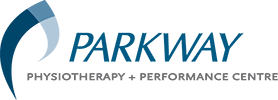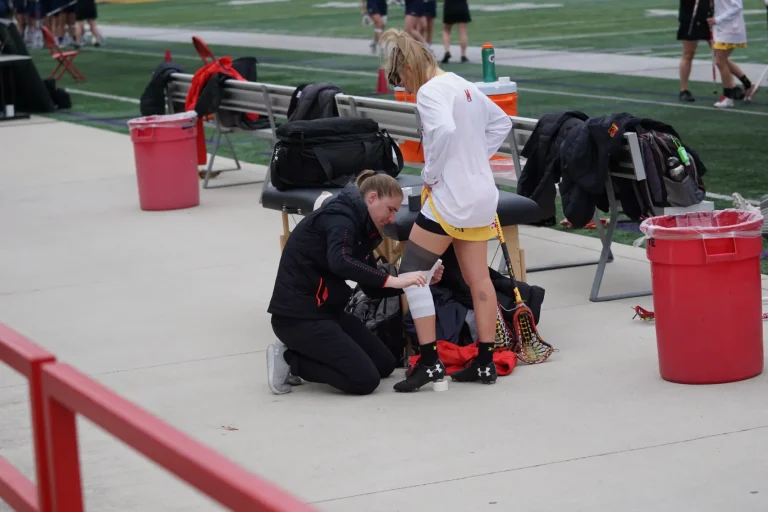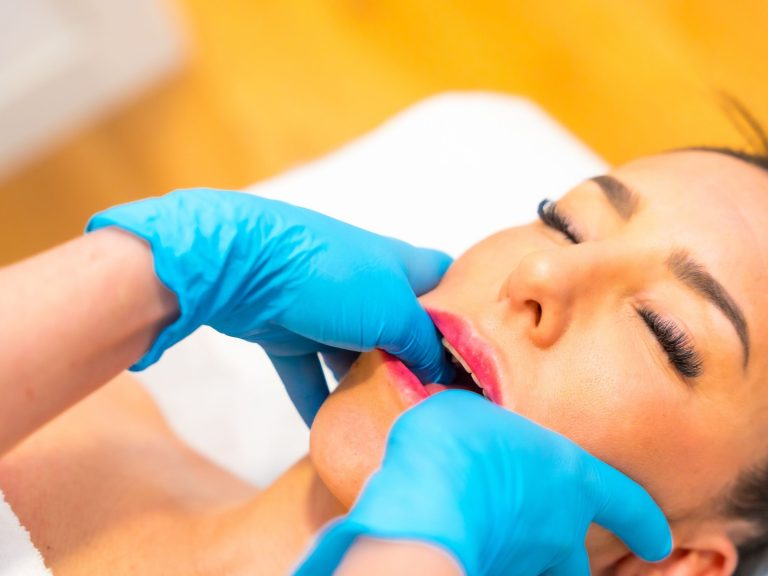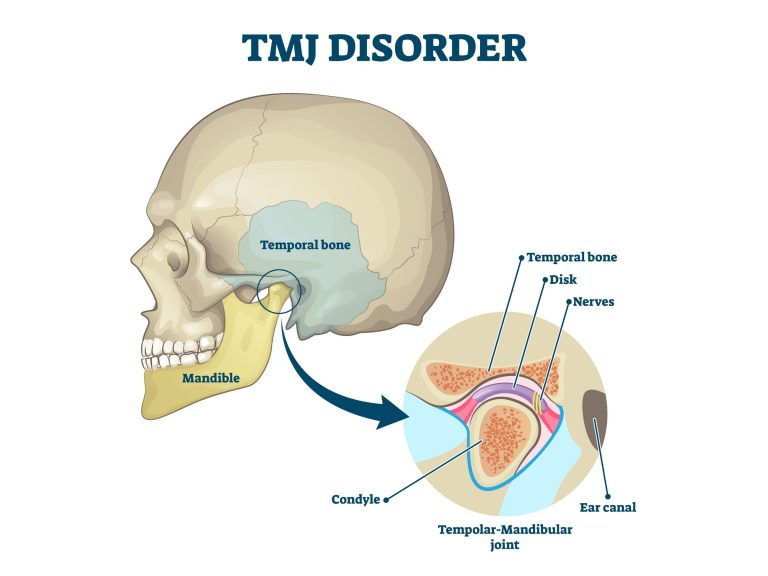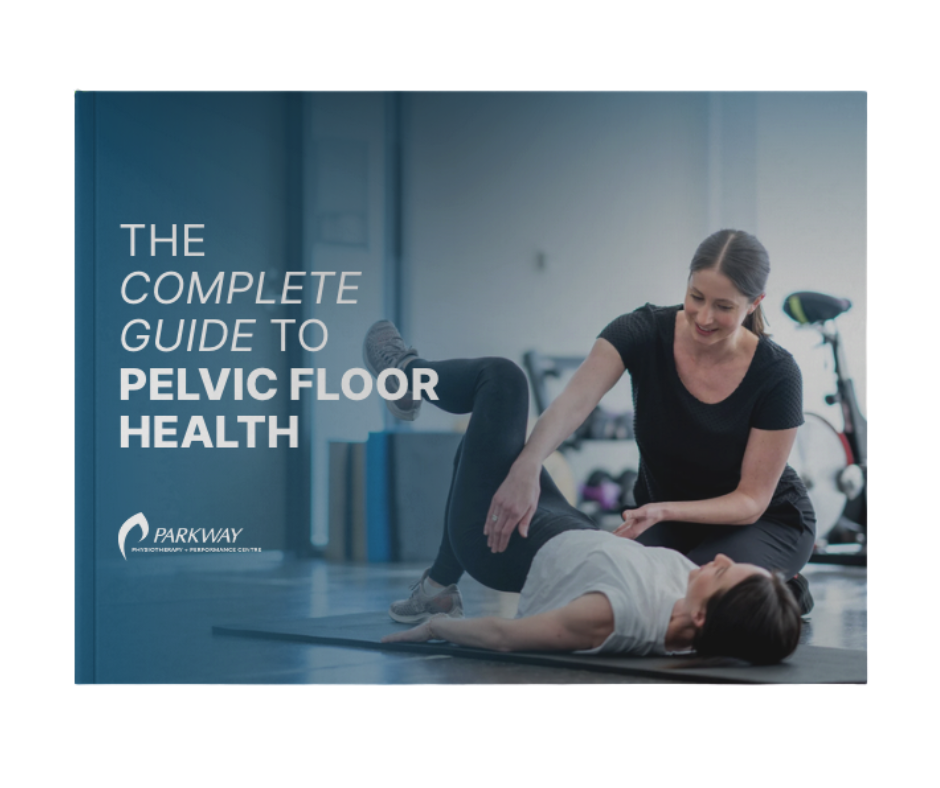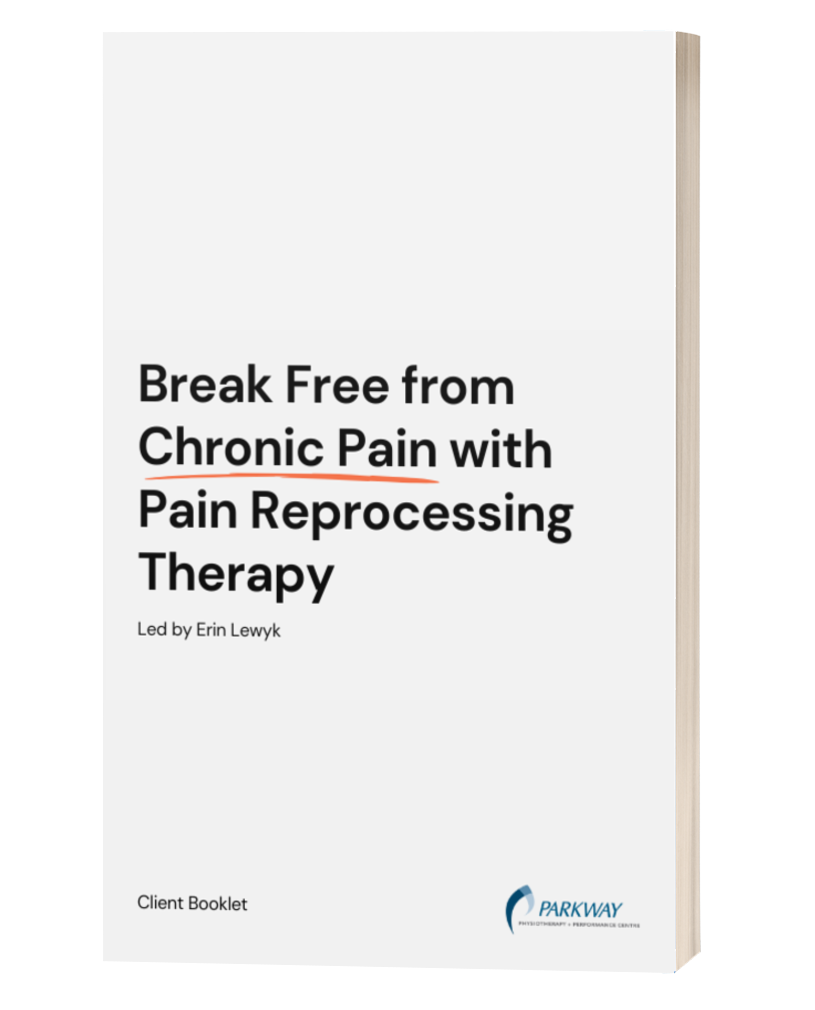If you’ve undergone TMJ surgery (such as arthroscopy or open-joint surgery), you’ve taken a significant step toward improving your jaw health. However, the procedure is only half the journey. Post-surgical rehabilitation with a skilled and experienced physiotherapist is an essential part of a successful recovery. A physiotherapist with specialized TMJ training and knowledge will help you to restore your jaw function, and prevent future complications. Your physiotherapy program will be a structured, step-by-step process designed to heal, rebuild, and bridge you back to your normal life.
Phase 1: Chill – Initial Healing & Pain Control 🧊
The “Chill” phase begins immediately after your surgery. The primary goals are to protect the surgical site, manage pain and swelling, and allow the initial healing to occur. Your physiotherapist will work closely with your surgeon’s protocol to ensure every step is safe.
Physio Approach:
- Pain and Swelling Management: Your therapist will guide you on the use of ice packs and proper positioning to minimize swelling and discomfort.
- Gentle Passive Range of Motion: Depending on your surgeon’s instructions, you may begin with very gentle, passive movements to prevent the formation of stiff scar tissue and maintain minimal joint mobility.
- Soft Diet: A strict soft-food diet will be crucial during this phase to avoid putting any stress on the healing joint and surrounding tissues.
- Education: You will learn about your specific precautions and how to protect your jaw during this fragile period.
- Why it Works (Evidence): The importance of a well-managed early post-operative period is well-documented. A systematic review in the International Journal of Oral & Maxillofacial Surgery confirms that early, guided passive motion following TMJ arthroscopy significantly improves outcomes by reducing pain and improving mouth opening. [1]
Phase 2: Build – Restoring Mobility & Strength 💪
Once your surgeon gives the green light, the “Build” phase begins. This is where your rehabilitation becomes more active and focused on regaining the full, pain-free function of your jaw.
Physio Approach:
- Progressive Range of Motion: Your therapist will guide you through a graded series of exercises to increase your jaw’s range of motion. This progression is carefully monitored to ensure you don’t overdo it.
- Jaw Strengthening: As your mobility returns, you’ll begin strengthening exercises to improve muscle endurance and support the newly healed joint.
- Scar Tissue Management: Manual therapy techniques and specific stretches may be used to help manage scar tissue, preventing it from limiting your movement.
- Functional Movement Retraining: You’ll work on regaining smooth, symmetrical jaw movements for activities like speaking and chewing, which may have been disrupted by the surgery or the pre-existing condition.
- Postural Alignment: Exercises to improve head and neck posture will be integrated to support your jaw and prevent strain on surrounding muscles.
- Why it Works (Evidence): A study in the Journal of Oral and Maxillofacial Surgery states that physical therapy is a critical component of successful recovery, noting that a structured program of exercise and manual therapy is key to restoring functional movement and preventing recurrence of symptoms post-surgery. [2]
Phase 3: Bridge – Long-Term Function & Prevention 🚀
The “Bridge” phase is about transitioning from rehabilitation to a confident, fully functioning life. Pain should be gone or very well-controlled, and you should be able to perform all daily activities without limitation. The focus is on long-term maintenance.
Physio Approach:
- Gradual Diet Progression: Slowly reintroducing all types of foods, with guidance on proper chewing techniques to prevent jaw fatigue.
- Maintenance Exercise Program: Your therapist will provide you with a personalized home exercise program to maintain your range of motion, strength, and stability. This is your toolkit for long-term health.
- Habit Modification: Advice on avoiding harmful habits like teeth clenching or nail-biting that could put stress on your jaw.
- Return to Sports and Hobbies: If you’re an athlete, you’ll receive guidance on safely returning to your sport, including advice on protective gear if needed.
- Why it Works (Evidence): Long-term adherence to a rehabilitation program is a significant predictor of post-surgical success. Research confirms that patient compliance with a physical therapy plan is essential for a good long-term outcome, highlighting that surgery alone is not a cure without proper follow-up care. [3]
Post-surgical rehabilitation is not an option; it’s a necessity for a successful outcome. By working closely with a specialized physiotherapist, you can ensure your jaw heals correctly, regains its maximal function, and allows you to enjoy a pain-free life.
At Parkway Physiotherapy Tuscany Village our physiotherapist Kristin Looby will help you at each stage of your pre and post-op TMJ journey.
Call us at 778 432 3333
Book Directly in with Kristin: https://parkwayphysiotuscanyvillage.janeapp.com/#/tmj-temporomandibular-jaw
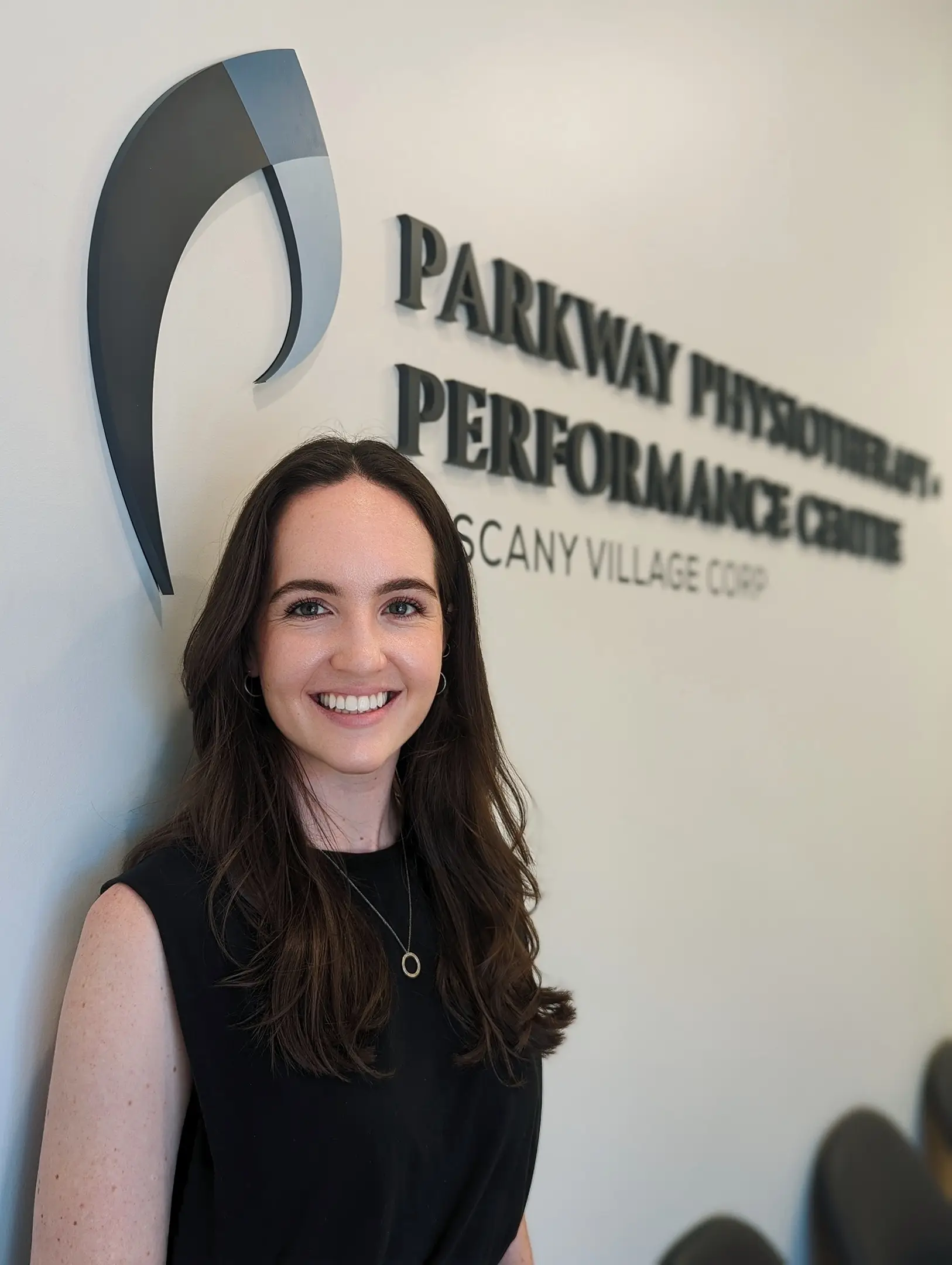
Written and reviewed by Kristin Looby, MPT
Published on September 22, 2025
Last updated on September 25, 2025
References:
[1] Dimitroulis, G. (2018). Management of temporomandibular joint internal derangement: arthroscopy versus open-joint surgery. International Journal of Oral & Maxillofacial Surgery, 47(11), 1404-1411.
[2] Nitzan, D. W., & Dolwick, M. F. (2000). The role of arthroscopy in the diagnosis and treatment of internal derangements of the temporomandibular joint. Journal of Oral and Maxillofacial Surgery, 58(7), 772-780.
[3] Al-Kayyali, M., & al-Omari, M. (2015). Patient Compliance in Post-operative Physical Therapy for Temporomandibular Joint Disorders. Journal of Dental and Medical Sciences, 14(11), 37-41.
